Market Growth Projections
The Global Automotive Body in White Market Industry is anticipated to witness substantial growth, with projections indicating a market size of 34.6 USD Billion in 2024 and an increase to 48.2 USD Billion by 2035. This growth is underpinned by a compound annual growth rate of 3.05% from 2025 to 2035, reflecting the industry's resilience and adaptability to changing consumer demands and technological advancements. The market's expansion is likely to be driven by various factors, including the increasing adoption of lightweight materials, advancements in manufacturing technologies, and the rising production of electric vehicles.
Increasing Electric Vehicle Production
The rise in electric vehicle production is a key driver for the Global Automotive Body in White Market Industry. As governments worldwide implement stricter emissions regulations, automakers are pivoting towards electric vehicles, which require specialized body designs to accommodate battery systems. This shift is evident in the growing number of electric vehicle models being introduced, with many manufacturers committing to electrification strategies. The market is projected to grow at a CAGR of 3.05% from 2025 to 2035, reflecting the increasing demand for innovative body structures that support electric vehicle technologies.
Growing Demand for Lightweight Materials
The Global Automotive Body in White Market Industry is experiencing a notable shift towards lightweight materials, driven by the need for improved fuel efficiency and reduced emissions. Automakers are increasingly adopting advanced materials such as aluminum and high-strength steel to achieve these goals. For instance, the use of aluminum in body structures can reduce weight by up to 50 percent compared to traditional steel. This trend is expected to contribute to the market's growth, as the industry anticipates a valuation of 34.6 USD Billion in 2024, reflecting a growing emphasis on sustainability and performance.
Regulatory Compliance and Safety Standards
Regulatory compliance and safety standards are critical factors shaping the Global Automotive Body in White Market Industry. Governments are enforcing stringent safety regulations that necessitate the incorporation of advanced safety features in vehicle designs. This includes the use of crumple zones and reinforced structures to protect occupants during collisions. As a result, manufacturers are compelled to invest in research and development to meet these standards, which, in turn, drives innovation in body design and materials. The ongoing evolution of safety regulations is likely to sustain market growth as companies adapt to these requirements.
Rising Consumer Preferences for Customization
Rising consumer preferences for vehicle customization are influencing the Global Automotive Body in White Market Industry. Consumers increasingly seek personalized features and aesthetics in their vehicles, prompting manufacturers to offer a wider range of body styles and configurations. This trend is particularly evident in the luxury and performance segments, where bespoke body designs can significantly enhance market appeal. As automakers respond to these preferences, the market is expected to benefit from increased production volumes and diversity in body styles, further contributing to its growth trajectory.
Technological Advancements in Manufacturing Processes
Technological innovations in manufacturing processes are significantly influencing the Global Automotive Body in White Market Industry. Automation and robotics are enhancing production efficiency and precision, leading to reduced costs and improved quality. For example, the implementation of advanced welding techniques and laser cutting technologies allows for more complex designs and better material utilization. These advancements are likely to support the market's expansion, with projections indicating a growth to 48.2 USD Billion by 2035. As manufacturers continue to invest in these technologies, the overall competitiveness of the industry is expected to improve.


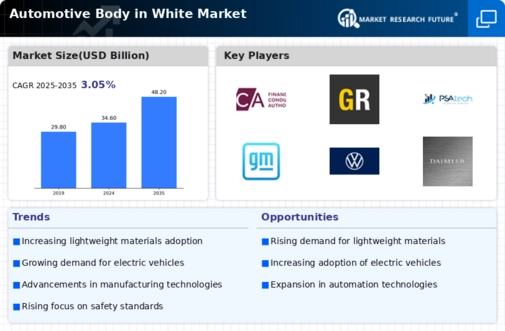
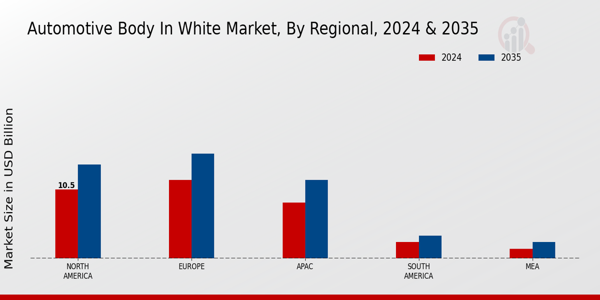
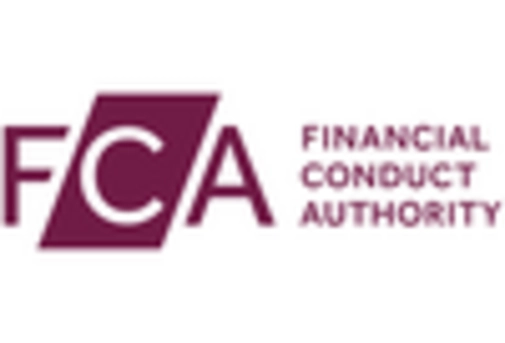
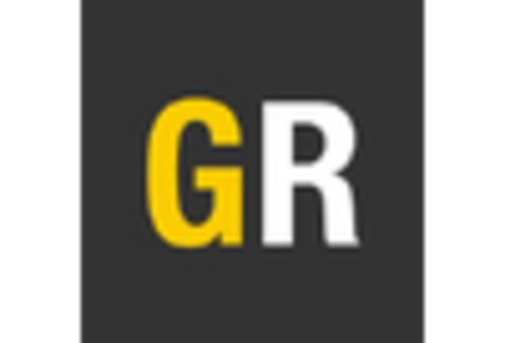

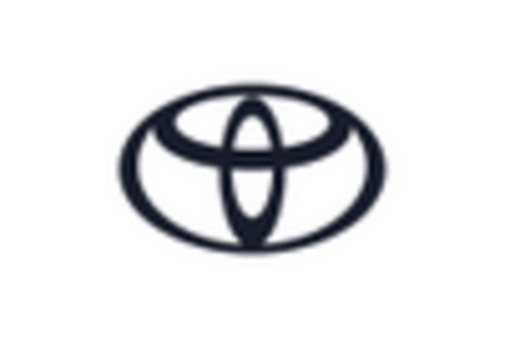
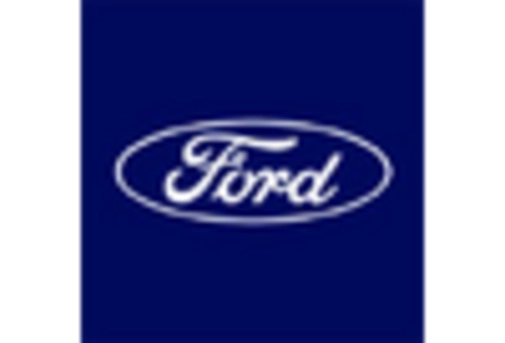


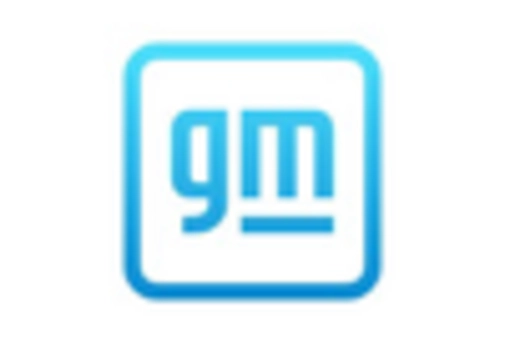
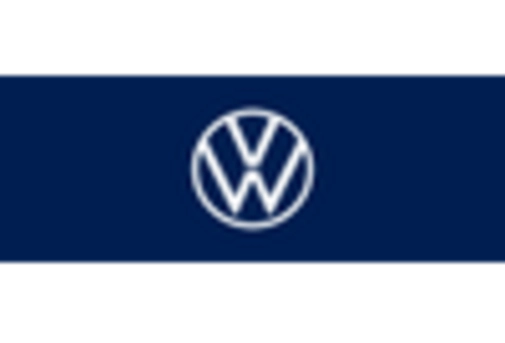
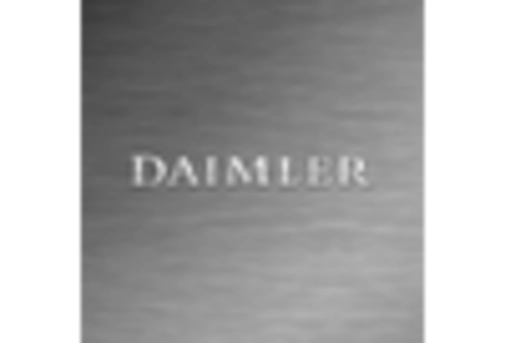
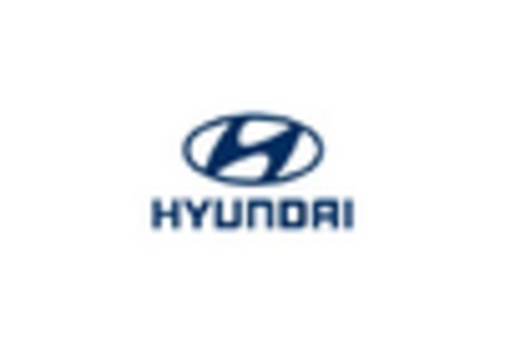
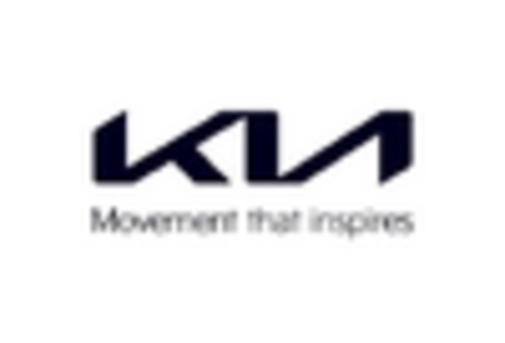
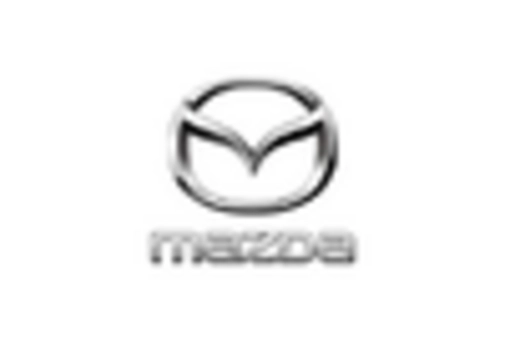
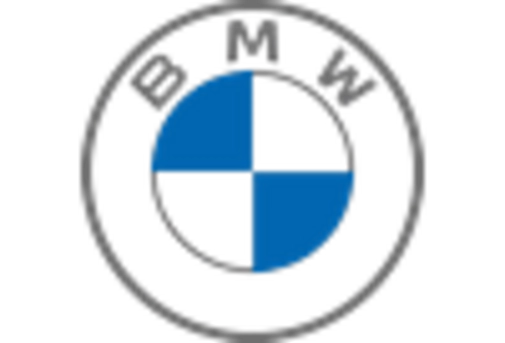








Leave a Comment